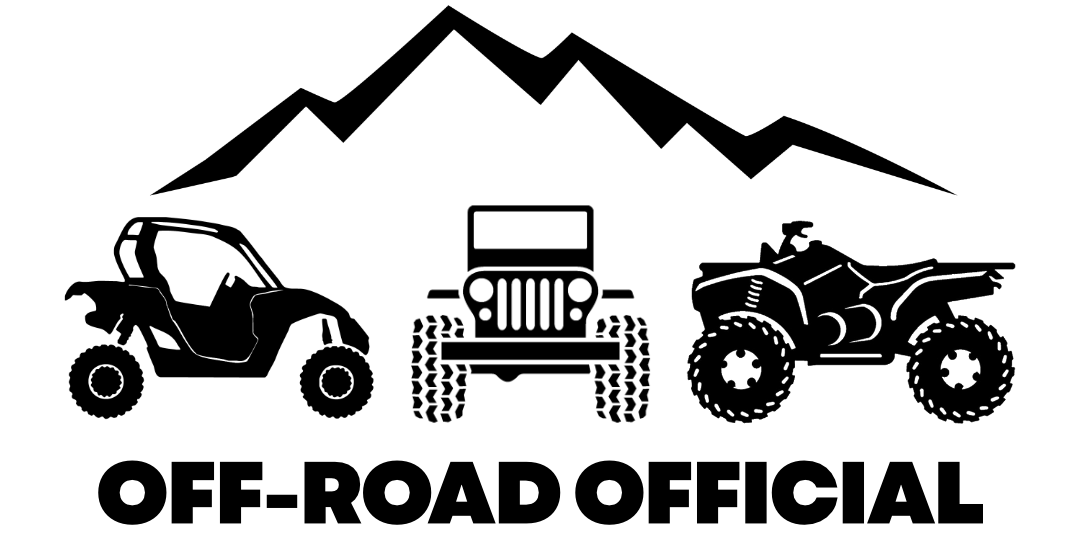Polaris Rangers are considered some of the best side-by-sides you can buy these days.
Not only do they provide excellent engine power and working ability, but they also offer plenty of recreational appeal as some of the fastest utility side-by-sides in the industry.
But even the biggest-name side-by-sides are known to suffer from some common problems, and the line of Polaris Rangers is no different.
Clutch problems are the most commonly complained about issue among Ranger owners, and seem to occur across the full line of Polaris Rangers.
While a review of the Polaris Ranger 570 shows how a recent upgrade to the clutches has helped to minimize these issues in newer units, pre-2022 models still suffer.
This guide will detail these clutch problems, including the following:
- Symptoms of faulty clutches in the Polaris Rangers
- Causes of these faulty clutches in Rangers
- Fixes when your Ranger’s clutch acts up
- Ways to prevent a failing clutch in your Ranger
- What Polaris has done to address these issues
Symptoms Of A Faulty Polaris Ranger Clutch
If you experience any of the symptoms below, you can be pretty sure that one of the components in your Ranger’s stock clutch system is responsible.
- Clutch drag
- Screaming or whining noise
- Belt slipping
- RPMs dropping suddenly in upper ranges
Clutch Drag: clutch drag shows up in the form of hard shifting in and out of gear, where your gear shift may feel stuck and require excessive force to shift it.
This happens most often when you’re parked on an incline or attempting to move into the Reverse setting.
This is one of a handful of common issues that affect the Ranger XP 900, with the Ranger 570 suffering from this problem as well.
Screaming Or Whining Noise: oftentimes you may hear a screaming or whining noise along with the sound of the clutch starting to turn faster and faster.
This happens most often while idling, but also happens frequently while you’re coasting downhill.
This is one of a few common problems that occur in the Ranger 1000 models.
Belt Slipping: The belt slipping is another common issue caused by a faulty Ranger clutch.
You’ll know this is happening if your Ranger seems to want to jerk forward and take off any time the brake is not engaged, even with no pressure applied to the gas pedal.
This is one of the common problems with the Ranger 150 youth model.
RPMs Dropping Suddenly: You may also experience your RPMs falling off suddenly in the mid to upper RPM ranges, and not because your Ranger is hitting the electronic speed limiter.
This happens as an automatic shift takes place and the clutch slips the belt before it eventually catches and your Ranger lurches forward with the RPMs surging up again.
You’ll have a hard time reaching the top speed of your Polaris Ranger when this issue occurs.
Causes Of Polaris Ranger Clutch Problems

There are three main causes of these clutch problems, all of which are due to components within the stock clutch system:
- Spyder rollers failing
- Belt out of alignment
- EBS bearing malfunctioning
Spyder Rollers Failing
The spyder rollers in the clutch that are partly responsible for opening the clutch have metal polymer bushings inside of them.
These bushings are prone to failure in pre-2021 Ranger models, including classics like the Ranger XP 700.
When these bushings fail, the spyder rollers will follow suit and fail shortly thereafter, resulting in the clutch not opening fully as it should and the belt rubbing against the sides of the clutch creating drag.
After an onslaught of these issues, in 2021 Polaris made a move to upgraded teflon fiber bushings in the spyder assembly, which has made a big difference for the better and cut down on the fail rate of the spyders.
If you’re experiencing clutch issues in a pre-2021 Ranger, consider having the spyders in the clutch system upgraded with these new bushings.
Belt Out Of Alignment
Some Rangers are known for having alignment issues, even new units fresh from the dealer.
If the belt is not aligned properly, it tends to rub up on the side of the clutch it’s favoring, causing belt drag and also screaming and whining noises while at idle or when coasting downhill.
If you’re having these issues in your Ranger, check the belt to confirm it is centered correctly and not out of alignment.
If your belt is centered correctly on the clutch but you’re still hearing these screaming noises, you can be pretty sure your EBS bearing is your problem.
EBS Bearing Malfunctioning
The engine braking system’s one-way bearing is by far the most common cause of clutch issues across the line of Polaris Rangers.
This one-way bearing is responsible for gripping the drive belt as needed to slow the vehicle down or to keep it from moving forward when at idle without the gas pedal applied.
The problem starts with a plastic helix component that is installed within the one-way EBS bearing.
The plastic helix component is prone to being damaged or worn down pretty easily, which affects the bearing’s ability to function properly.
Most often the plastic helix will become worn down from a buildup of dust, dirt, and grime that finds its way into the clutch system while riding.
When it becomes damaged and malfunctions, your Ranger will start to suffer from excessive belt drag and belt slippage with the vehicle starting to lurch forward and take off when put in gear.
The best way to fix this is to be proactive and replace the one-way bearing with a two-way bearing, which Gilomen has begun producing specifically to help you overcome this issue in the line of Rangers.
If not being proactive about it, often by the time you start to experience these issues enough damage has been done that the only fix is replacing the Ranger’s entire stock clutch system.
Replacing The Polaris Ranger Clutch
As mentioned, Polaris has tried to address these faulty clutches in recent years by making some upgrades to the components within the system.
But these issues do still tend to occur in newer machines as well, though less frequently these days.
If you’re experiencing any of the symptoms of a faulty clutch and are still under warranty, you should be pretty confident that Polaris will replace the faulty component or the entire clutch system depending on the problem and the damage.
But as even replacement clutches have a tendency to fail again over time, you may want to consider replacing it with a higher quality aftermarket clutch system.
Both Gilomen and Duraclutch make clutch systems specifically for the line of Polaris Rangers, and they’re about as high quality as they come.

How To Prevent Your Clutch From Failing
There are a few best practices to prolong the life of your Ranger’s stock clutch system and help prevent your vehicle from experiencing clutch problems.
Avoid Extended Idling: letting your Ranger idle for extended periods is known to wear down the EBS bearing more quickly, leading to the eventual issues mentioned above.
Rather than letting your Ranger idle while you’re stopped for more than just a few minutes at a time, just shut it down and restart it.
Blowing Out The Clutch System: you should be blowing out both your primary and secondary clutch system using a compressor around every 500 miles of riding, if not less to be safe.
No matter how or where you drive your Ranger, the clutch system is going to experience some buildup of dust and grime over time, which will wear down the components if not cleaned.
Blowing out the clutches will remove it and help prevent that from happening, ultimately prolonging the life of your clutch system.
Final Word
Polaris has made some upgrades to the stock clutch system in 2021 and newer Ranger models that has helped to minimize these issues, but the problems do persist in earlier models and still flare up in some newer models as well.
Following some of the best practices above will help you to avoid some of the most common clutch problems in the line of Polaris Rangers.
For more on this line, check out an overview of the newest and best-ever Polaris Ranger model before you go.


